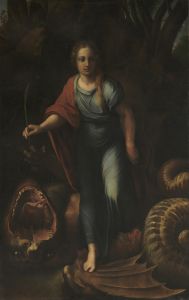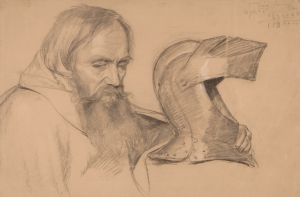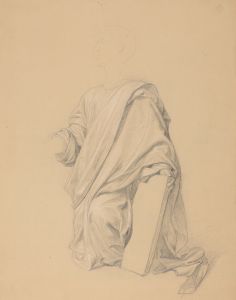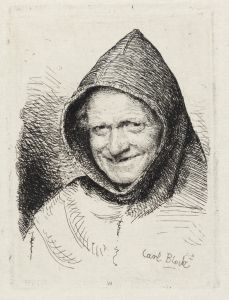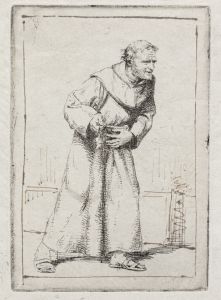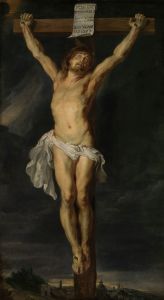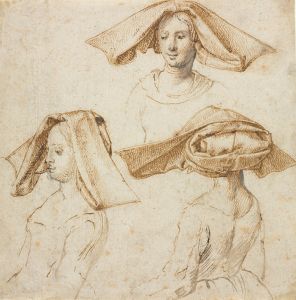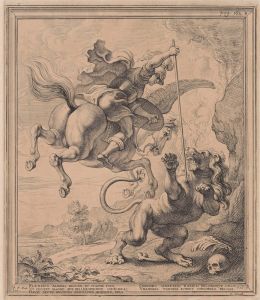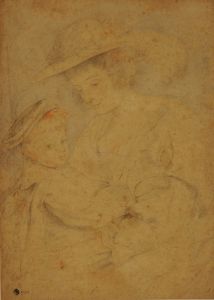
Dominican friar
A hand-painted replica of Peter Paul Rubens’s masterpiece Dominican friar, meticulously crafted by professional artists to capture the true essence of the original. Each piece is created with museum-quality canvas and rare mineral pigments, carefully painted by experienced artists with delicate brushstrokes and rich, layered colors to perfectly recreate the texture of the original artwork. Unlike machine-printed reproductions, this hand-painted version brings the painting to life, infused with the artist’s emotions and skill in every stroke. Whether for personal collection or home decoration, it instantly elevates the artistic atmosphere of any space.
"Dominican Friar" is a painting by the renowned Flemish Baroque artist Peter Paul Rubens. Created in the early 17th century, this work exemplifies Rubens' masterful use of color, texture, and composition to convey the character and presence of his subjects. Rubens, born in 1577 in Siegen, Westphalia, was a prolific artist whose works spanned various genres, including religious and mythological themes, portraits, and landscapes.
The painting depicts a Dominican friar, a member of the Order of Preachers, which was founded by Saint Dominic in the early 13th century. The Dominicans, also known as the Blackfriars due to their black cloaks worn over white habits, were known for their commitment to scholarship, preaching, and teaching. Rubens captures the essence of the friar's contemplative and scholarly nature through his detailed and expressive portrayal.
In "Dominican Friar," Rubens employs his signature style characterized by dynamic composition, rich color palette, and dramatic use of light and shadow. The friar is depicted in a three-quarter view, gazing contemplatively into the distance. His face is rendered with meticulous detail, highlighting the texture of his skin and the subtle play of light across his features. The friar's expression is serene yet introspective, suggesting a deep inner life and dedication to his religious vocation.
The background of the painting is relatively simple, allowing the viewer's focus to remain on the figure of the friar. Rubens uses a warm, earthy palette to create a sense of depth and atmosphere, with the friar's black and white habit standing out against the muted tones. The artist's skillful use of chiaroscuro – the contrast between light and dark – enhances the three-dimensionality of the figure and adds a sense of realism to the painting.
Rubens' ability to convey the personality and inner life of his subjects is evident in this work. The friar's calm demeanor and thoughtful expression suggest a man of wisdom and spiritual depth. This painting not only showcases Rubens' technical prowess but also his sensitivity to the human condition and his ability to capture the essence of his subjects.
Peter Paul Rubens was a highly influential artist of his time, and his works continue to be celebrated for their vitality, emotional depth, and technical brilliance. "Dominican Friar" is a testament to his skill as a portraitist and his ability to infuse his subjects with a sense of life and presence. This painting remains an important example of Rubens' contribution to Baroque art and his enduring legacy in the history of Western art.





